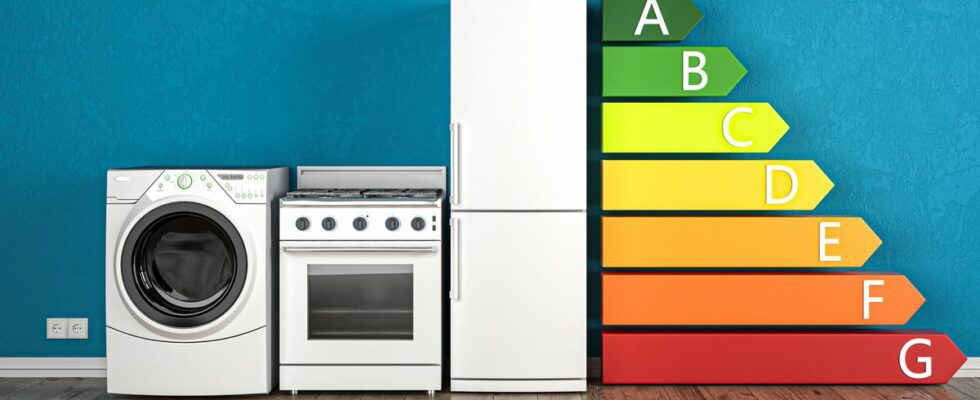A green and red rating system ranging from the letters A+++ to G. Here is in one sentence what the label of a new household appliance may look like. Several of them are now subject to mandatory energy labelling. This is for example the case of washing machines, refrigerators, dishwashers and televisions. Convenient for determining the energy consumption of the device you are about to buy!
But according to a recent survey conducted for the eco-heating company Rothelec, the content of these labels remains difficult to decipher for many respondents. While 86% say they know the labeling to indicate the energy consumption of a device, it is however a different story when it comes to inspecting the content of these labels in detail. Only 31% understand, for example, the classification of letters, 55% admit that they do not know their exact meaning, while 14% admit to being completely unaware of their meaning.
A more general misunderstanding
The French also do not always know what type of household appliance is subject to energy labelling. For example, radiators are currently not subject to this legislation. A fact that more than 60% of French people ignore. Only 37% of respondents know that “energy labels” are not on radiators. To compensate for this lack of labelling, two other standards have been created: the NF Electricity Performance and the European standard Eu.BAC. But according to the survey, most French people have never heard of it.
Since February 2021, a new version of the European energy label (now ranging from classes A to G) has appeared on household appliances. A change intended to facilitate the reading of labels and to “better guide consumers towards economical products”, said the Agency for Ecological Transition. Four categories of equipment are concerned: refrigerators/freezers/wine cellars, washing machines, dishwashers and televisions/screens.
